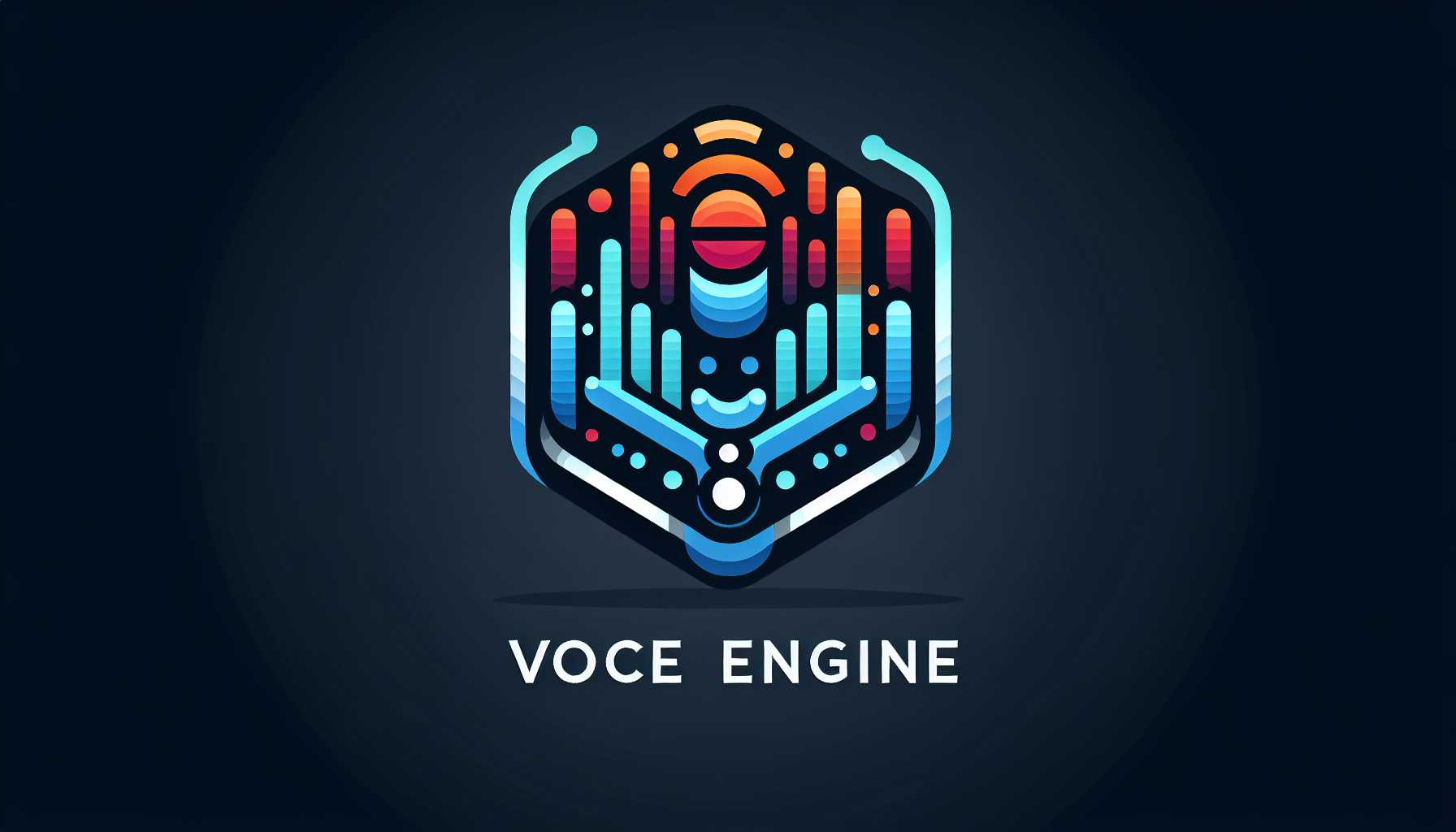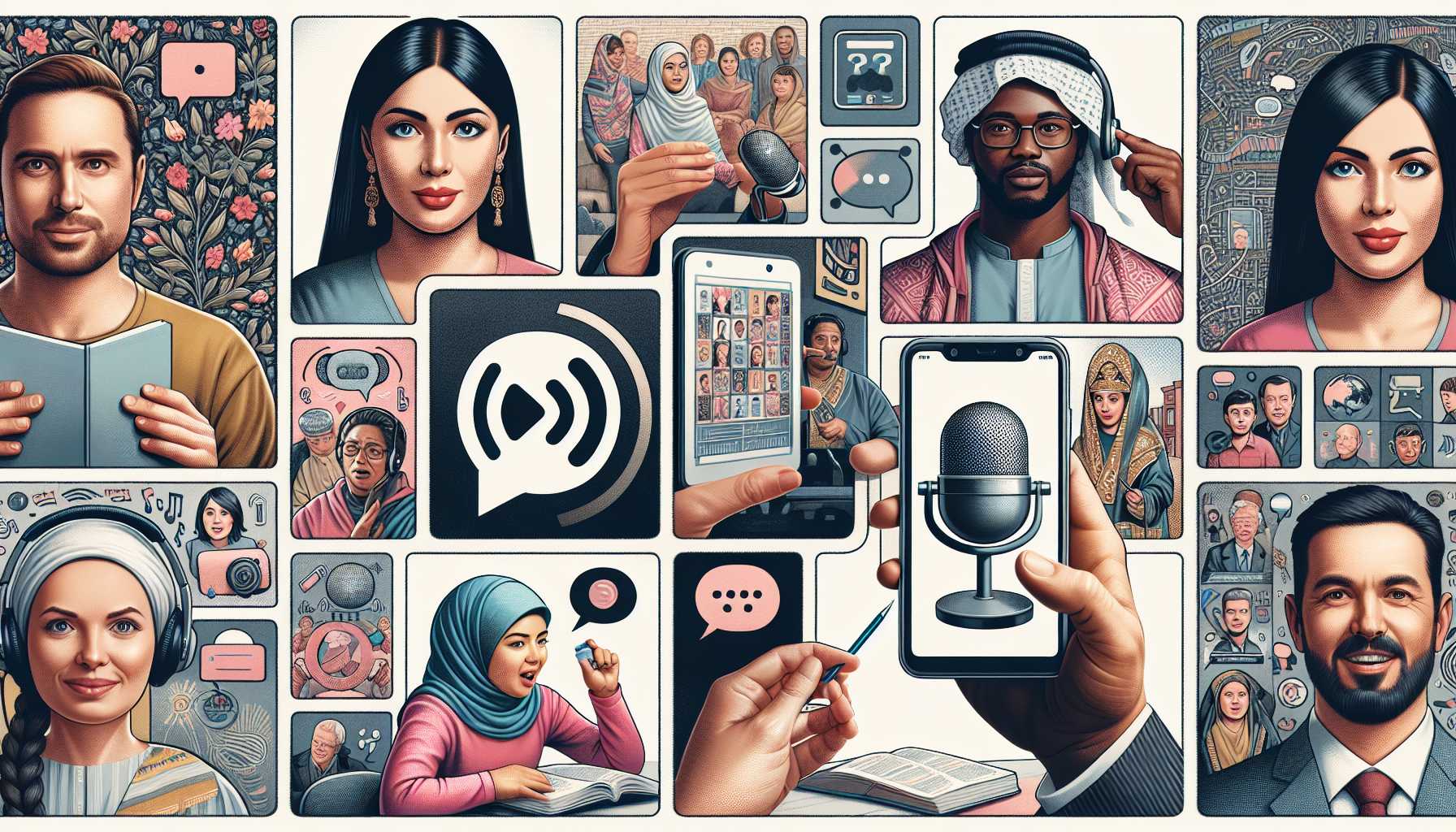Is Your Soda Machine Watching You? Dissecting Coca-Cola’s Curious Case of High-Tech Thirst Quenchers
Have you quenched your palate at a modern soda fountain recently? There’s a fair chance you’ve encountered the Coca-Cola Freestyle, a gadget aficionado’s dream when it comes to beverage dispensing. Amidst 100+ flavor options, these units are a mainstay in places like Wendy’s and AMC theaters. But here’s a fizzy twist – they might be more than just drink machines. Reports have surfaced that those “innocent” screens could be conducting surveillance through embedded cameras.
The notion that Coca-Cola was gathering intel on your flavor preferences via facial reactions once seemed like speculation best suited for Reddit’s endless corridors. A Coca-Cola specialist has chattered about it, and a digital scavenger hunt reveals a spec sheet listing an ’embedded camera’. So, were the bubbly rumors true?
According to Coca-Cola spokesman Scott Leith, the cameras were part of a test phase, now discontinued. Yet the plot thickens with patent applications discussing customer sentiment analysis and ‘demographic matchmaking’ for tailored drink promotions. This situation raises a soda can’s worth of questions on privacy and data ethics. How far is too far when technology taps our emotions for marketing intelligence? Being a tech news buff, I find the intersection of beverage-tech and data science quite the headline, but it leaves an aftertaste of concern about the balance between innovation and intrusion.
OpenAI’s Voice Engine: Synthesizing Speech That Rivals Reality
In less savory news, imagine a machine cloning your voice from a mere 15-second clip—this sci-fi scenario is now audio reality. OpenAI, the masterminds behind ChatGPT, dazzle us again with Voice Engine, changing the game for audio content creation. As a tech investor, it’s thrilling to see Voice Engine enhance accessibility for those with disabilities and amplify educational and therapeutic efforts. The implications are considerable, from democratizing voiceover work to preserving the voices of those at risk of losing them.
However, with great power comes great responsibility. OpenAI recognizes the enormity of this milestone, hence cautiously previewing what could be the launching pad for a multitude of synthetic voices. Echoing my sentiments are voices from various sectors, all chiming in on the responsible deployment of such disruptive tech. The potential for misuse is not lost on the company, nor should it be on us, as it grapples with societal impacts, emphasizing the need for proactive policies and watermarking measures.
As a personal opinion, while I’m enamored by the innovation and transformative prospects, the thought of a looming, uncharted territory of voice cloning calls for a pause and reflection. Voice Engine, if misused, could fuel a new era of disinformation and identity theft.
The AI-Powered Audio Frontier: A Paradigm Shift for Expression and Security
Rounding off this exploratory audio adventure, it’s evident that OpenAI’s Voice Engine, with its high-definition sound and multilingual prowess, is pushing boundaries. It’s aptly a tool of the times, where inclusivity can be amplified, and narrative landscapes can shift at the prompt of a text input. Yet, Intellectual Property conundrums bubble beneath the surface, as tech behemoths spar over training models and copyright consternation. The entrepreneurial part of me envisions the ripple effects on industries reliant on the spoken word.
However, a beat of caution pulses through me as I consider the precedent Voice Engine might set for the use and misuse of personal likeness in the digital age. Ultimately, it’s a reminder that innovation can reverberate well beyond its primary applications, requiring us to be as diligent about securing our digital footprints as we are eager to embrace novel technologies. We stand amidst a tableau of tech that could either paint a dystopian picture rife with mimicry or foster a resonance of genuine human connectivity. As tech voyagers in this thrilling epoch of AI advancements, let’s strive for the latter.
let’s strive for the latter.



